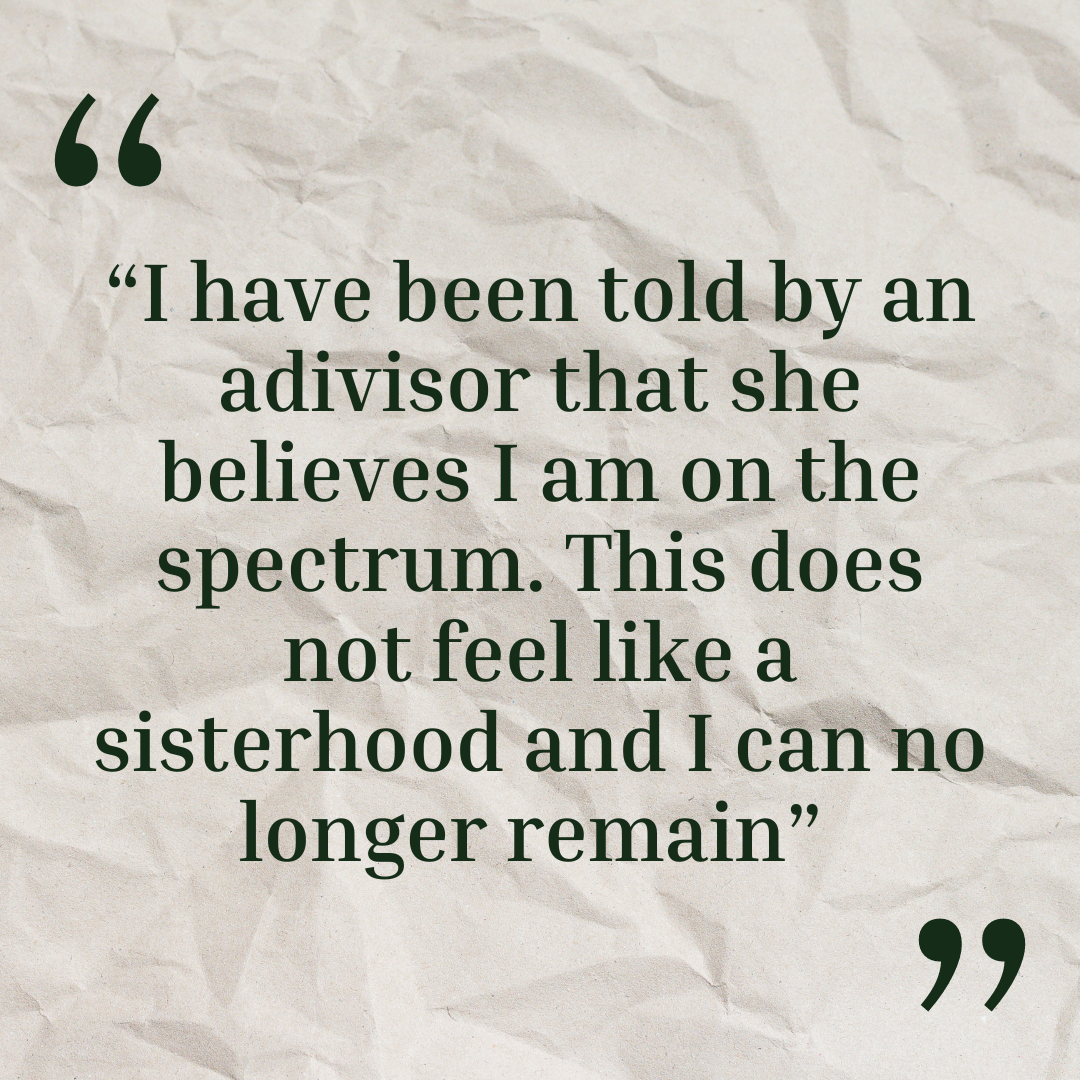By Randee May, Staff Writer
Dr. Felicity Turner, an assistant professor of History at Armstrong gave an hour long faculty lecture Nov. 7. Turner expressed how and why infanticide (or infant homicide) became a trend in the 19th century.
“The talk is drawn from my book manuscript-in-progress, Narrating Infanticide: Gender, Race, and State Formation in Nineteenth-Century America,” Turner said. “The inspiration for the book project is the picture Margaret Garner, by Thomas Satterwhite Noble (1867), with which I begin my lecture.”
Margaret Garner was a slave woman, who escaped slavery with her four children. Garner crossed the frozen Ohio River to escape, and in order to spare her children of slavery, committed infanticide. “Garner slit her three year old daughter’s throat with a butcher knife,” Dr. Turner explained.
The gruesome details left the audience cringing with disgust.
For black mothers of America, being bound by slavery was hell, but to witness their young babes being ripped from their arms and sold to slavery, was a fate worse than death itself. Infanticide was an act of mercy and desperation.
Dr. Turner went on to explain, “Abolitionists stated that infanticide was linked to race, specifically blackness.”
It was believed that women were responsible for young souls and all mothers naturally love and protect their children. Infanticide was unnatural, and only when placed in situations of horror would a mother kill her child. It was the most extreme act of love.
The methods varied, from stuffing the children in outhouses to smothering them with pillows. The argument being that in the absence of slavery, no mother would kill their child.
However, there were also free women who committed infanticide.
One student, Jasmine Tolbert, found a flaw in this theory, asking, “What about white women who committed infanticide?”
Dr. Turner’s responded, “The newspapers claimed white women to be insane in that case. In one case, a woman was white, but also English. She was expelled from the country. There was always an excuse.” Most thought infanticide was a way to scourge slavery and that the end of slavery did not stop infanticide.
The Savannah Morning News published an article on Sept. 18, 1873 claiming that infanticide was a way to relieve the burden, and the black women were unfit to be free.” White women were thought to be insane, while black women were looked upon as barbaric and uncivilized.
One abolitionist, Lucy Stone Blackwell, approached Garner while leaving a courtroom and offered her a knife to kill her remaining children and herself.
While Margaret Garner’s story was the base for the lecture, Dr. Turner gave other examples, such as that of Harriet Beecher Stowe’s “Uncle Tom’s Cabin.” This book was the second bestselling book of its time; only beat out by The Bible. Stowe, a white woman in the North, justifies a slave woman, Cassy, whose first two children were sold into slavery and the third killed by its mother at only two weeks old. Most cases of infanticide were dismissed, but to conceal the body could result in jail time as well as a fine.
Jonathan Hatala found this intriguing, and asked, “How can a person who isn’t a citizen be charged?”
Dr. Turner’s response, “There were different laws for blacks and whites. It wasn’t until the 14th amendment that blacks gained the right to be citizens.”
While the portrait and case of Margaret Garner was a way for abolitionist to expose slavery, the artist, who fought for the Confederates, intended for it to be depicted as an act of heroism, displaying Garner to be a hero for she had the power to destroy capital investment. However, it brought trouble for all women.
Dr. Chris Hendricks asked a question that had yet to be answered after the lecture. “What happened to Garner?”
“She was returned to Kentucky, but her story became lost. It is said that her owner tried to sell her, but she jumped off the boat on the way back,” Dr. Turner ended.












Anonymous • Mar 17, 2016 at 11:24 am
nice